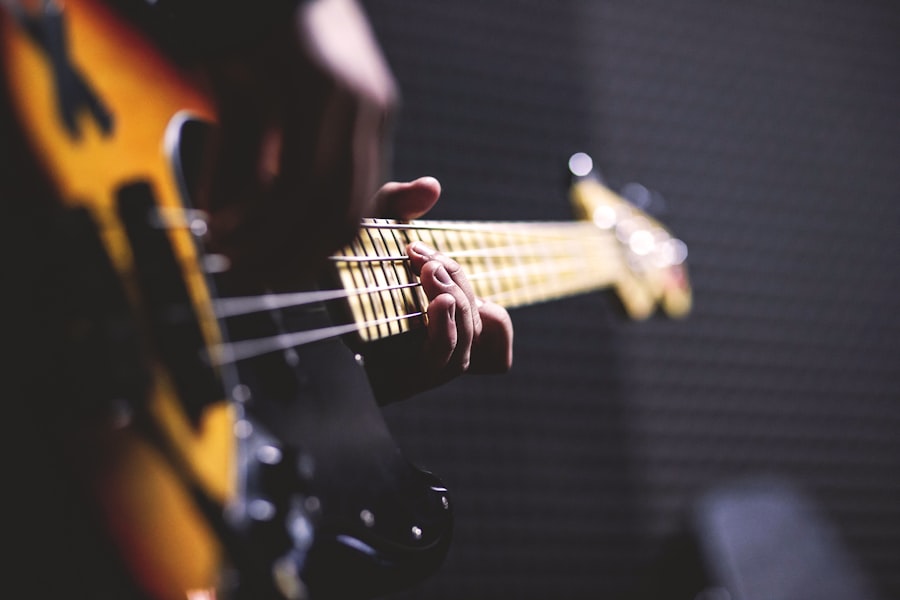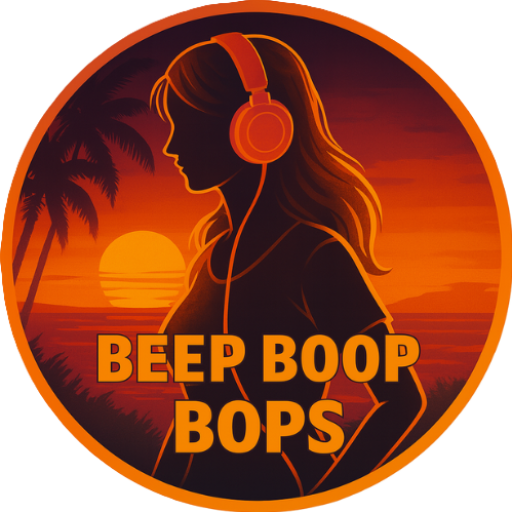In today’s digital landscape, the significance of music visuals cannot be overstated. As an artist or a music creator, you may find that visuals serve as a powerful extension of your sound, enhancing the overall experience for your audience. Music visuals, whether they are music videos, lyric videos, or animated graphics, play a crucial role in storytelling.
They allow you to convey emotions and themes that might not be fully expressed through audio alone. By integrating compelling visuals with your music, you create a multi-sensory experience that captivates listeners and draws them deeper into your artistic world. Moreover, music visuals can significantly boost your visibility in a crowded market.
With platforms like YouTube and TikTok dominating the way people consume music, having eye-catching visuals can set you apart from the competition. When you invest time and resources into creating high-quality visuals, you not only enhance your brand but also increase the likelihood of your music being shared and discovered by new audiences. In essence, music visuals are not just supplementary; they are an integral part of your artistic identity and marketing strategy.
Key Takeaways
- Music visuals enhance the overall experience and value of a song or album
- High-quality music visuals require creativity, attention to detail, and professional production
- Social media platforms offer a wide reach for promoting music visuals and engaging with fans
- Collaborating with brands and influencers can help expand the reach and impact of music visuals
- Licensing music visuals for film and TV can provide additional revenue streams and exposure for artists
- Selling merchandise and limited editions can further monetize music visuals and create a deeper connection with fans
Creating High-Quality Music Visuals
When it comes to creating high-quality music visuals, the first step is to define your artistic vision. You need to consider how the visuals will complement your music and what message you want to convey. This process often involves brainstorming ideas, storyboarding scenes, and selecting the right aesthetic that aligns with your sound.
Whether you opt for a narrative-driven music video or an abstract visualizer, clarity in your vision will guide the entire production process. You might find it helpful to collaborate with a director or a visual artist who shares your creative sensibilities, as this can lead to innovative ideas that elevate your project. Once you have a clear vision, the next step is to focus on production quality.
This includes everything from camera work and lighting to editing and post-production effects. Investing in good equipment or hiring professionals can make a significant difference in the final product. High-quality visuals not only attract viewers but also reflect your commitment to your craft.
Additionally, consider incorporating elements like color grading and motion graphics to enhance the visual appeal further. Remember, the goal is to create something that resonates with your audience while staying true to your artistic identity.
Leveraging Social Media Platforms

In an age where social media reigns supreme, leveraging these platforms is essential for promoting your music visuals effectively. You should start by identifying which platforms resonate most with your target audience. For instance, Instagram and TikTok are excellent for short clips and teasers, while YouTube is ideal for full-length music videos.
Tailoring your content to fit each platform’s unique characteristics can significantly increase engagement. For example, creating behind-the-scenes content or snippets of your music video can generate buzz and anticipation before the official release. Engagement is key when using social media to promote your music visuals.
You should actively interact with your followers by responding to comments, hosting live Q&A sessions, or even collaborating with fans on challenges related to your music. This not only builds a loyal community but also encourages sharing and word-of-mouth promotion. Additionally, consider using targeted ads to reach a broader audience.
By analyzing metrics and insights from your posts, you can refine your strategy and ensure that your visuals reach the right people at the right time.
Collaborating with Brands and Influencers
Collaborating with brands and influencers can be a game-changer for promoting your music visuals. When you partner with a brand that aligns with your values and aesthetic, you can tap into their audience while enhancing your credibility. This could involve featuring their products in your music video or co-hosting an event that showcases both your music and their brand.
Such collaborations not only provide additional exposure but also create unique content that can engage both fan bases. Influencers, particularly those within the music or lifestyle niches, can also amplify your reach significantly. By working with influencers who resonate with your target demographic, you can leverage their established following to promote your music visuals effectively.
This could involve them sharing snippets of your video on their platforms or even creating their own content inspired by your music. The key is to ensure that any collaboration feels authentic and organic; audiences are quick to spot insincerity, which can detract from both your brand and theirs.
Licensing Music Visuals for Film and TV
Licensing your music visuals for film and television can open up new revenue streams while providing additional exposure for your work. As an artist, you should consider how your visuals could fit into various media projects, from commercials to feature films. The first step in this process is understanding the licensing landscape; familiarize yourself with terms like synchronization rights and master use licenses.
This knowledge will empower you to negotiate effectively when opportunities arise. To increase the chances of getting your visuals licensed, you should create a portfolio showcasing your best work. This portfolio should highlight not only the quality of your visuals but also their versatility in different contexts.
Networking within the film and television industry can also be beneficial; attending industry events or connecting with professionals on platforms like LinkedIn can lead to potential collaborations. By positioning yourself as a creator whose work enhances visual storytelling in film and TV, you can expand both your audience and income potential.
Selling Merchandise and Limited Editions

Selling merchandise related to your music visuals is another effective way to engage with fans while generating additional income. Merchandise can range from physical items like T-shirts and posters featuring artwork from your music videos to digital products like exclusive behind-the-scenes footage or downloadable content. By offering unique merchandise that resonates with your audience, you create an additional layer of connection between them and your art.
Limited edition items can create a sense of urgency and exclusivity that encourages fans to make a purchase. Consider launching special merchandise tied to specific releases or events; for example, offering signed prints or exclusive vinyl editions of a new album can entice collectors and dedicated fans alike. Promoting these items through social media channels and during live performances can further enhance visibility and sales.
Ultimately, by diversifying your revenue streams through merchandise sales, you not only support your artistic endeavors but also foster a deeper connection with your audience. In conclusion, understanding the value of music visuals is essential for any artist looking to thrive in today’s competitive landscape. By creating high-quality visuals, leveraging social media platforms, collaborating with brands and influencers, exploring licensing opportunities, and selling merchandise, you can elevate both your art and career to new heights.
Each of these strategies plays a vital role in building a sustainable artistic presence while engaging meaningfully with fans. As you navigate this journey, remember that authenticity and creativity are key; stay true to yourself while exploring new avenues for growth and connection in the ever-evolving world of music.



